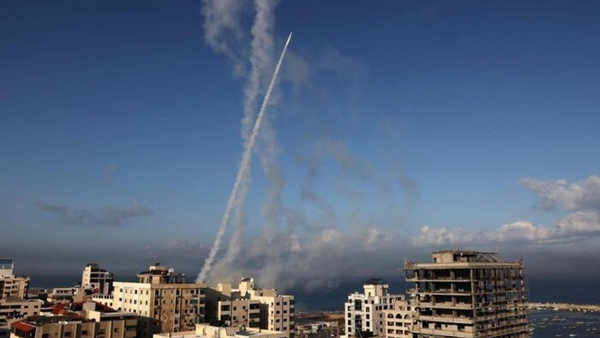SAO PAULO (Reuters) – The first days of 2019 will be marked by below-normal rainfall in Brazil’s main soybean producing areas, with farmers bracing for losses as December’s dry conditions and high temperatures continue to ruin fields.
FILE PHOTO: A view of the soybean plants on a farm in Barreiras, Bahia State, Brazil March 19, 2017. REUTERS/Roberto Samora
According to Refinitiv Eikon’s Agriculture Weather Dashboard data, rains will be below the historical average through Jan. 10 in five states including Mato Grosso do Sul, Mato Grosso, Goiás, Paraná and São Paulo.
Together, these account for almost two-thirds of all the national soy production.
In the northeast of Mato Grosso, Brazil’s largest soybean producer, rains are forecast to be 50 millimeters (1.97 inches) below average for this time of year. In the south of the state of Paraná, Brazil’s No. 2 producer, fields will receive 20 millimeters (0.79 inches) less rain than normal, the data showed.
“The climate has affected, is affecting and may (still) affect the 2018-19 crop,” said Bartolomeu Braz, head of Brazil’s grain producers association Aprosoja, referring to the season that kicked off in September.
Braz mentioned yields falling by up to 30 percent in some areas, without elaborating. Rainfall has also been below average in the Matopiba region, Brazil’s new agricultural frontier composed of the states of Maranhão, Tocantins, Piauí and Bahia, he said.
The government estimates national soybean output at around 120 million tonnes. Before the drought reports, some analysts saw a potential to produce nearly 130 million tonnes.
So far, no major agribusiness consultancy has revised output forecasts lower.
In Paraná state, losses are estimated at between 500,000 tonnes and 600,000 tonnes, roughly 3 percent of the state’s production, according to estimates by Ocepar, an association of farm cooperatives. Ocepar manager Flavio Turra said in some fields farmers collected between 15 and 20 60-kilo bags per hectare, compared with 58 bags per hectare under normal conditions.
In Mato Grosso do Sul, some producers face potential yield losses of around 40 percent, said Guilherme Tamanini, a representative of the Chapadão do Sul farmers’ union. In that area, farmers may start harvesting two weeks in advance to mitigate the effects of the drought on the crop, he said.
“The drought was bad and it burned a lot of soy. Many producers (were forced) to anticipate harvesting,” Tamanini said.
Reporting by José Roberto Gomes; writing by Ana Mano; Editing by Cynthia Osterman







Leave a Reply